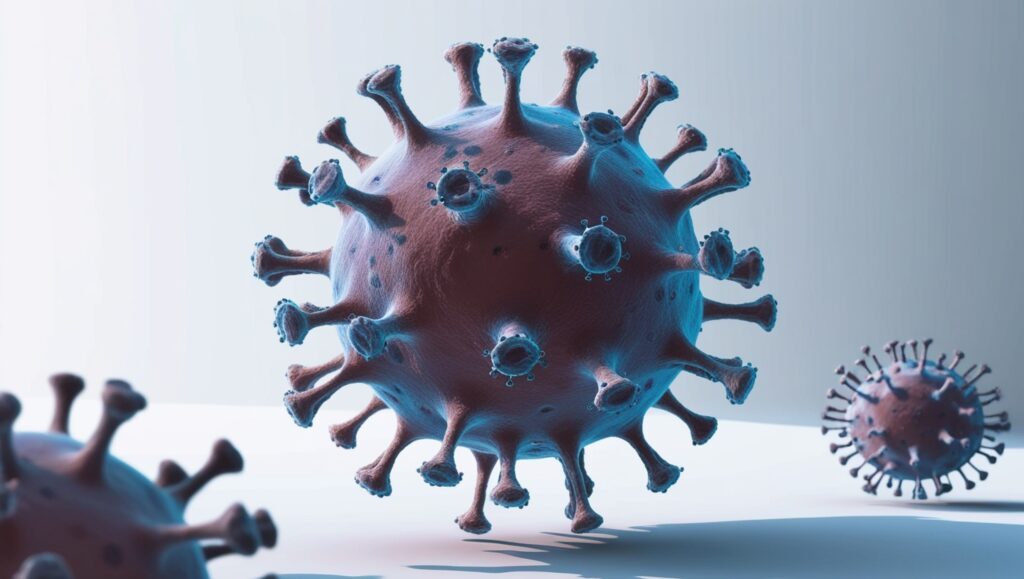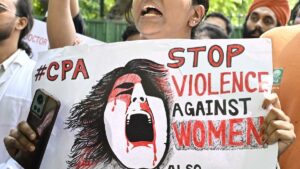mpox cases india

mpox
India has confirmed its first case of Mpox (formerly known as monkeypox) on September 9, 2024. This case marks a significant moment in the country’s public health landscape, especially as it comes amidst a global resurgence of the virus. Here’s a detailed overview of the situation, the response from health authorities, and what it means for public health in India.
Overview of the Confirmed Case
The confirmed case involves a young male who recently returned to India from a country experiencing active Mpox transmission. Initial identification of the case occurred on September 8, 2024, when the patient was suspected of having the virus. Subsequent laboratory testing confirmed the presence of the Mpox virus from the West African clade 2, which is distinct from the clade 1 strain currently associated with a global public health emergency declared by the World Health Organization (WHO) in August 2024.
Patient Condition
The patient is currently isolated at a designated tertiary care facility and remains clinically stable, without any systemic illness or comorbidities. Health officials have stated that there is no immediate risk to the public, emphasizing that this case is isolated and similar to the 30 cases reported in India from July 2022 onwards.
Government Response
In light of the confirmed case, the Indian government has taken proactive measures to ensure public safety. The Union Health Secretary, Apurva Chandra, issued an advisory to states and union territories, outlining precautionary measures, symptoms, and transmission modes associated with Mpox. The advisory emphasizes the need for enhanced surveillance, contact tracing, and public awareness campaigns to prevent undue panic among the population.
Key Measures Implemented
- Surveillance and Testing: States have been directed to strengthen surveillance strategies, including the establishment of testing facilities and clinical management protocols for suspected and confirmed cases.
- Isolation Facilities: Health authorities are tasked with identifying and preparing isolation facilities within hospitals to manage both suspect and confirmed Mpox cases effectively.
- Public Awareness: The government is focusing on educating the public about the symptoms of Mpox, which include rashes (systemic or genital) and fever, and the primary modes of transmission, particularly sexual contact and other forms of person-to-person interaction.
- Contact Tracing: Ongoing contact tracing efforts are aimed at identifying individuals who may have been exposed to the virus, with daily monitoring for symptoms for a period of 21 days following exposure.
Global Context
The WHO’s declaration of Mpox as a Public Health Emergency of International Concern (PHEIC) reflects the growing number of cases globally, particularly in Africa, where significant outbreaks have been reported in countries like the Democratic Republic of Congo and Burundi. As of September 3, 2024, the WHO reported over 102,997 laboratory-confirmed cases and approximately 223 deaths since January 2022, highlighting the seriousness of the situation on a global scale.
Risk Assessment
While the current case in India is classified as isolated and travel-related, health authorities remain vigilant. The government has reassured the public that robust measures are in place to manage and mitigate any potential risks associated with Mpox. The focus remains on preventing the spread of the virus while ensuring that the healthcare system is prepared to respond effectively to any future cases.
Conclusion
The confirmation of the first Mpox case in India underscores the importance of vigilance in public health. As the government mobilizes resources and implements preventive measures, it is crucial for the public to stay informed and follow health advisories. While the current situation does not pose an immediate threat, continued awareness and preparedness will be essential in managing Mpox and ensuring public safety in the face of a global health challenge.




